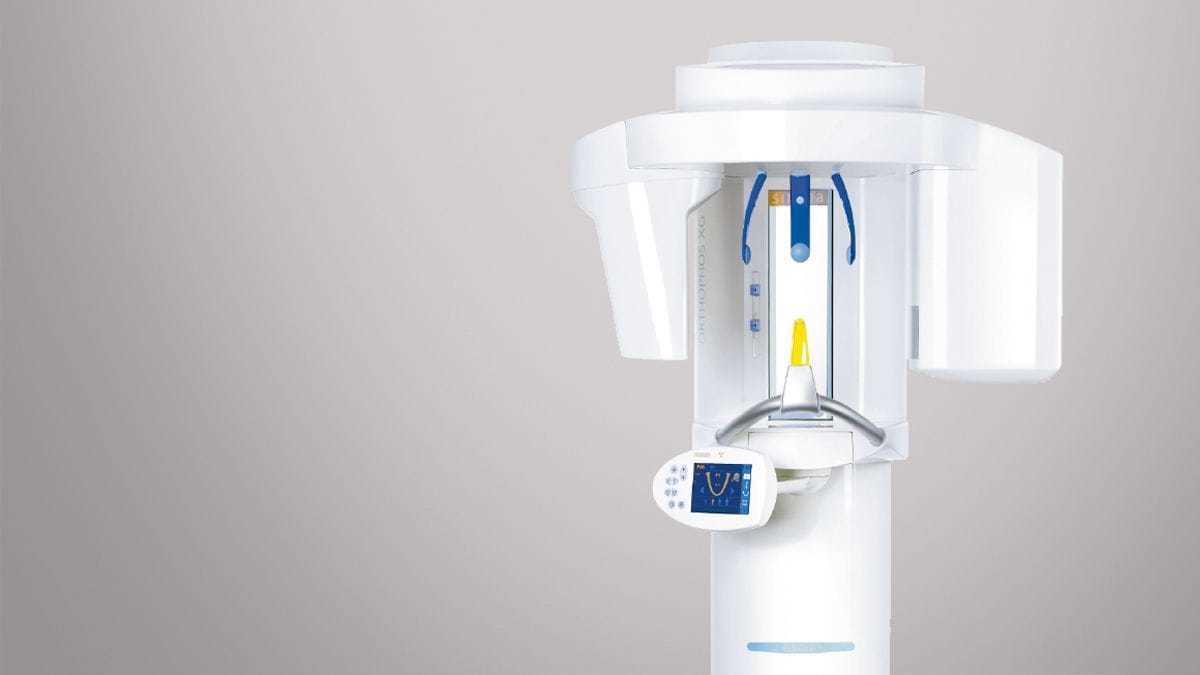
Graham Parker talks about how dentistry is undergoing a digital revolution that is transforming patient care.
The digital workflow is transforming dentistry. Depending on specific requirements, clinicians can choose a stand-alone configuration or a fully-integrated digital network in which all digital imaging equipment, including intraoral scanners and panoramic X-rays, work seamlessly together, facilitating accurate, confident diagnosis and treatment planning through to the final restoration.
Interactive diagnostic tools
Digital imaging has a key role to play in initial diagnosis and the intraoral X-ray unit is the basis of daily diagnostic work. Using the latest imaging technology it is possible to capture either 2D or 3D intraoral images at greatly reduced radiation levels. A 2D radiographic image is similar to a traditional X-ray, but offers enhanced image quality for better diagnosis. In comparison, 3D imaging is a far more interactive diagnostic tool. These units are capable of producing images that show detailed facets of the dental anatomy, including bone structure, the location of root canals and tooth fractures. This information is used to support a wide range of diagnoses and treatment planning in preparing for complex extractions, restorative cases, orthodontics or implant placement.
The Orthophos SL 2D/3D X-ray solution offers an X-ray dose for 3D images for specific indications at a level previously associated only with 2D images. With three different settings – high definition (HD), standard definition (SD) and low dose – the Orthophos SL can be set to a specification that best suits the individual case with regard to the required combination of image quality, volume and dose.
The Orthophos XG 3D combines the advantages of both 2D and 3D imaging into one unit with the added advantage of emitting the lowest possible effective dose of radiation. The unprecedented detail and viewing of the resultant images, allows diagnosis across a range of disciplines including dental implants and endodontics.
Digital impressions
The taking of conventional impressions is a time-consuming dental procedure, often prone to inaccuracies and unpleasant for patients. Increasing numbers of clinicians are now moving to digital impressions that require no mixing, have no chance of air bubbles to distort the impression and no time wasted waiting for the material to cure.
Using an intraoral scanner, such as Cerec Omnicam, gives clinicians the choice of either sending the impression directly to their laboratory or designing and milling a restoration at the chairside using a full CAD/CAM system. This easy-to-use, state-of-the-art technology is resulting in greater efficiency, faster treatment for patients and more accurate and predictable results.
The right solution every time
Dentsply Sirona is at the forefront of the digital revolution, offering end-to-end solutions that support every stage of the treatment process – from planning to final restoration across a range of disciplines. An integrated solution enables dental professionals to deliver better, safer, faster treatment as well as improved quality of life for patients.
To find out more about the extensive range of digital solutions, materials and equipment, please visit dentsplysirona.com or call us on 01932 853 422.
You can also access a range of education resources, video tutorials, courses and CPD webinars at dentsplysirona.com/ukeducation.
Facebook: Dentsply Sirona
Twitter: @DENTSPLY_UK


